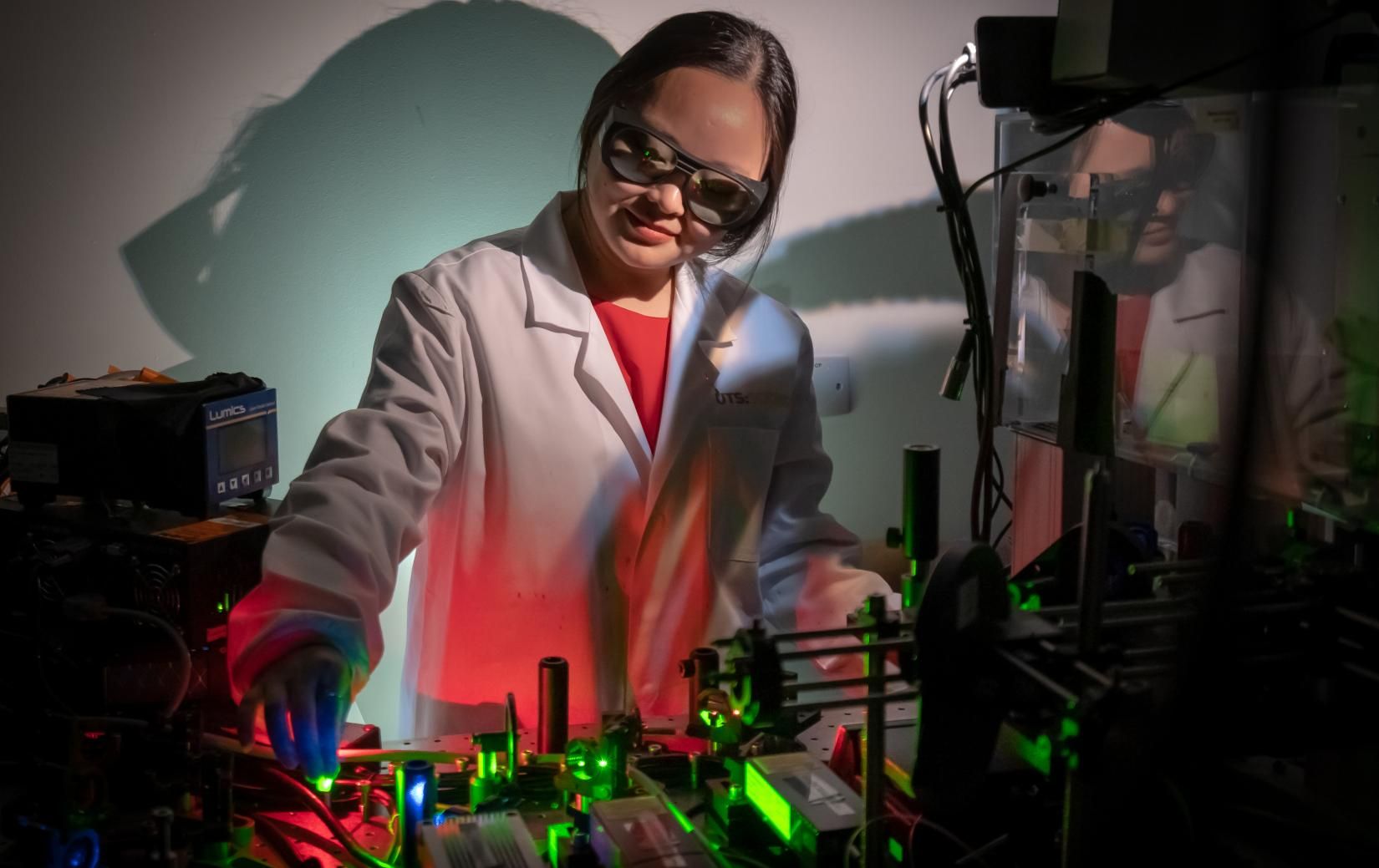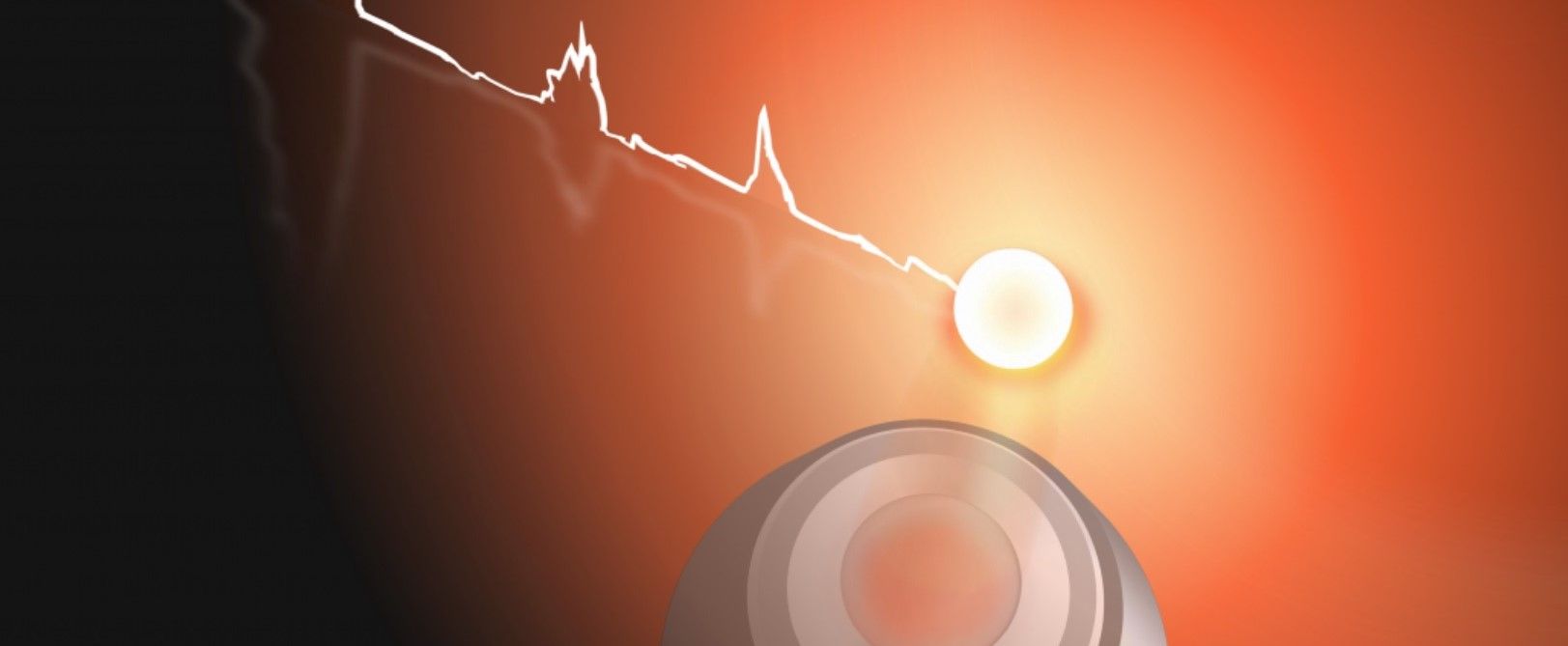New research published in the journal Nature, has highlighted the advances being made in the scientific understanding of how individual nanoparticles function.
Thousands of studies have already analysed how nanotubes, nanowires, and nanoparticles operate en masse, but this latest research consisted of a review of the properties and behaviour of single particles. While its focus is on the luminescence of nanoparticles and their wide-ranging application in cyber security, optical microscopy, quantum communication and personalised medicine, the study’s authors are quick to note how nanomaterials are gaining traction as incredibly versatile raw materials.
As Professor Jin, the Director of the University of Technology Sydney (UTS) Institute for Biomedical Materials & Devices (IBMD) and a co-author of the review, says, “The purpose of this field is to really understand the properties of these artificial atoms so that their properties can be controlled and tailored for the application we need.”

The work is a collaboration by nanotechnology specialists from the University of Technology in Sydney, Germany’s University of Gottingen, and Stanford University, and hopes to highlight the, “many advances and the opportunities and challenges for these technologies to reach their full potential.”
As the press release issued by the University of Technology states, “Modern society is working closer to the nanoscale than it realises. Breakthroughs and advances in developing and manipulating nanostructures have led to technological progress that not only drives imaging and sensing devices but also makes possible mainstays of modern life such as touch screens and high-resolution LED displays.”
However, beyond the use of nanomaterials in consumer electronics, high-end sensors, and medical advances are really just the tip of the iceberg in how nanotechnology is influencing our world.
As Professor Jin observes, “This paper is a large survey and highlights the need for a global effort and resources towards the fundamental research needed to keep pushing the boundaries of what is possible at the nanoscale, so society can benefit from the many emerging opportunities.”
Most of these opportunities appear in a far more mundane, yet equally practical way, than biomarker detection and advanced data storage. This is because nanomaterials are already in use in a great number of products such as conductive ink, anti-static coatings and tape, polyethylene tubing, and powder coatings.
“Every day when people enjoy using smartphones and touch screens to send messages, and high-resolution screen displays to view images and watch videos, they might forget where this technology comes from,” says Jin.

“These technologies may look like engineering projects,” he adds, “but really they are the result of decades of research from scientists and students working ‘in the dark’ to answer fundamental questions about how nature works at the smallest of scales.”
In that sense, nanotechnology is still advancing at great speed. Scientific imagination and the ability of nanomaterial engineers to re-envisage how materials work is slowly adjusting the world around us.
As the press release reports, on a highly scientific-level, this means that, “Professor Jin imagines a world where nanoscale tweezing is used to assemble hybrid nanoparticle-based devices and where biomedical signatures can be used to answer questions around an individual's response to drug therapies, all from one drop of blood.”
However, in a more ordinary or even commercial setting, it means that product designers are rethinking the materials that they use and asking what new properties they would like them to have. How can a coating be made more durable? How can electrical components be anti-static or a roll of electrical tape super-nonconductive?
The answer in many cases is through the application of nanomaterials.
But alongside the solutions that nanotechnology is providing, it is also creating further questions. As the study’ authors admit, “the closer we pursue the perfection in nanoparticle design, the harder the challenges become.”
